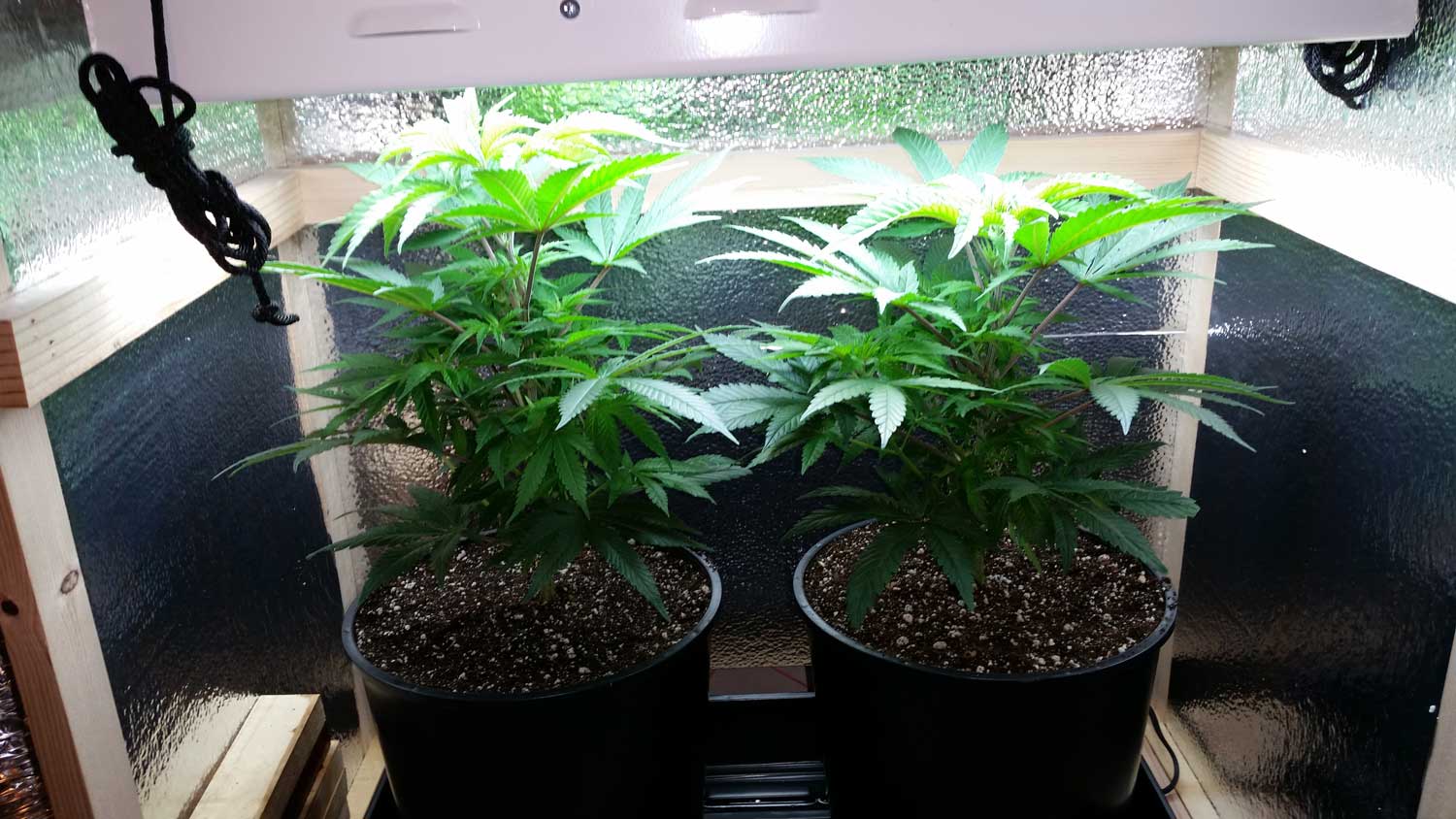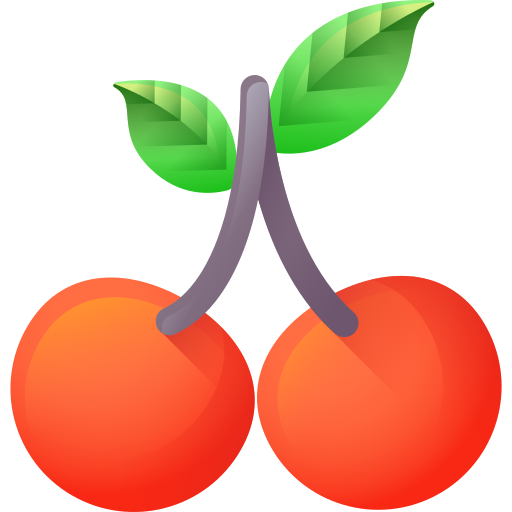Hemp is a member of the cannabis family and contains only trace amounts of THC (less than 0.3%). The fibers are used to create thousands of products, including textiles, clothing and twine. Mankind has been growing it for thousands of years, but modern methods of planting cannabis are not as simple as before, and today we will talk about how they differ and which one to prefer. So how do you germinate cannabis seeds?

There are two common technologies for germinating cannabis seeds (there are videos on the net on this topic). You can take the good old “plant a hemp seed in the ground” route and germinate the hemp seed properly or create identical clones from the mother plant. Many farmers discuss the benefits of each path, let’s take a look at the pros and cons of both.
Warning: This article deals exclusively with the cultivation of industrial varieties, which are allowed in the Russian Federation (subject to a license). Any other varieties cannot be cultivated (even at home), this is contrary to the letter of the law and we categorically do not recommend doing this.
Traditional seed germination technique
The standard procedure goes like this (there is a video on the subject): dig a small hole in the ground, drop in a cannabis seed, and make sure there is enough moisture to grow big and strong. Plant a handful and get several plants, each of which will produce the same fruit. How long does it take for hemp seeds to germinate? Depending on the variety.
This can be simplified, but most people generally agree on how crop farming works. Germination of marijuana is a little different, although it germinates in the same way. Yes, you plant a seed and they germinate and grow into cannabis, but the resulting genetics will be different.
Use of grain
Commercial vegetable seeds are purebred and genetically stable. This means that each will grow into the same phenotype and produce effectively identical results. So if you plant a purebred bag of seeds (think tomatoes again), you’ll get a consistent crop.
When planting cannabis seeds, it is difficult to find the same consistency. Most clusters can be thought of as different siblings of two different parents.
Imagine that you are cannabis grown from seeds surrounded by dozens of your brothers and sisters. You can germinate and plant correctly, they will look the same and have similar characteristics, but each of your siblings will be unique in some way.
You can plant a hemp seed directly into the soil, it germinates and sprouts, or to start getting seedlings, you need to soak it between wet towels, and only then carefully place it in the ground. When the sprout is formed and the first cannabis leaves appear, they are transferred to the garden in more natural conditions.
Cloning
It is supposed to cut a cutting from the “mother individual”, which will then grow its own root system and become a copy of the original.
Cloning is considered the only way to ensure a reliable consistency throughout the harvest. This process allows identical marijuana genetics to grow year after year.
Cuttings are usually taken from lower branches that appear to be the healthiest. Then they are recommended to be rooted in water, soil or stone wool. Roots begin to hatch in one to three weeks, depending on the technique used. Then the seedlings are moved to mature in fields or other controlled areas, and how long the development will continue depends on the type. (the procedure can be viewed on the video, there is on YouTube).
This ensures a high level of stability and sustainability with a predictable result. Actually, the choice of technology is carried out on the basis of the appointment of raw materials. If you want to get fiber, then the absolute accuracy of genetics is not so important, and seed can be used.
How to plant hemp and get a cannabis crop
One of the most critical processes in the cultivation of industrial varieties of hemp is the planting of cannabis, and today we will talk about how to plant correctly, how to plant cannabis, as well as some of the nuances of this procedure. Here are the basic rules shared by Greg Luce, an agronomist at the University of Missouri – in principle, all of the above work in almost all regions where cannabis is cultivated.
Warning. This article reflects the experience of US cannabis growers with regard to working with industrial cannabis strains. In the Russian Federation, the cultivation of some industrial types is allowed with a license, any other varieties of the crop are prohibited, their cultivation is illegal, and we do not recommend doing this.
Seed depth at planting
When it comes to landing prom. cannabis seeds, make sure they are in shallow water. We plant cannabis (sprouted seeds) on 3 cm in the soil, this is the absolute maximum. Why is it necessary? Like many similar types of grass, cannabis seeds are very sensitive to drying and the formation of a crust, through which it will be extremely difficult for them to break through.
On the other hand, if there is a chance of rain right before or after the seed is used in the forecast, just do not plant cannabis for the time being, do not plant until the weather is normal. “The bushes don’t like wet feet,” explains Luce. “If there is too much rain or it causes a crust to form, the seed or small seedlings will struggle to get out of the ground.” He also adds that farmers should avoid using poorly drained fields for cultivation.

To set up a contact
Luce says the nature of the cannabis seed’s contact with the soil is critical. A firm (but not too) foundation will help rooting. How to plant cannabis? “It takes a little work on the land in which the planting takes place,” he notes, “but it will help grow the crop that I planted this year.”
Farmers wishing to properly plant hemp for fiber must use a seeder. This allows you to achieve a higher seeding rate, as the crop yields tonnage. Luce says those who grow grain can use a traditional seeder. There are special tables where there are recommendations for sowing depth, seeding rate and distance between rows. The ideal time to sow in the field is from May to June.
Thus, by initially providing the right conditions, namely, reaching the right depth and the right distance between individuals, the farmer has a good chance of harvesting a bountiful harvest. However, much also depends on what kind of care will be provided to the culture at subsequent stages.
